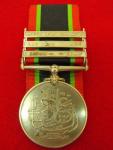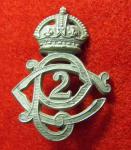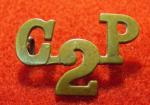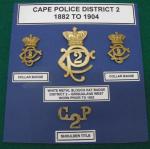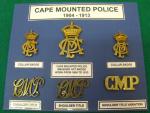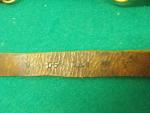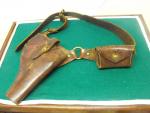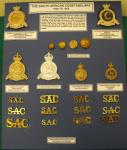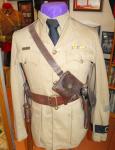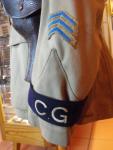
sabrigade
For Deletion-
Posts
1,707 -
Joined
-
Last visited
-
Days Won
34
Content Type
Profiles
Forums
Blogs
Gallery
Events
Store
Everything posted by sabrigade
-
The Endley Collection : Part 1 : The Sudan and Iraq
sabrigade replied to sabrigade's topic in Middle East & Arab States
-
The Endley Collection : Part 1 : The Sudan and Iraq
sabrigade replied to sabrigade's topic in Middle East & Arab States
-
The Endley Collection : Part 1 : The Sudan and Iraq
sabrigade replied to sabrigade's topic in Middle East & Arab States
-
The Endley Collection : Part 1 : The Sudan and Iraq
sabrigade replied to sabrigade's topic in Middle East & Arab States
-
The Endley Collection : Part 1 : The Sudan and Iraq
sabrigade replied to sabrigade's topic in Middle East & Arab States
-
The Endley Collection : Part 1 : The Sudan and Iraq
sabrigade replied to sabrigade's topic in Middle East & Arab States
I have asked my wife to take photographs and will post them as soon as possible, Thank you for the interest! -
For some reason I forgot to post this. This medal group belonged to Lt Col Coxwell of the South African Police. He started his policing career in the Cape Police District 2 and was initially based in Grieqwaland-West in the Northern Cape Province. In 1896 a revolt broke out in the then Bechuanaland. Coxwell's unit was the first to see action on 24 December 1896 when they were attacked by a force under a Chief Galeshewe. During the Anglo-Boer War, Coxwell was part of a 54 man strong unit of the Cape Police that joined the garrisson for the defence of the town of Mafeking. He also saw service in the Transvaal. During World War 1, Coxwell was the adjutant of the German Officer's POW Camp in Pietermaritzburg. In the 1922 Industrial Revolt in Johannesburg, Captain Coxwell served as a mounted squadron commander. He retired as a District Commissioner. His medals are as follow : 1. CAPE OF GOOD HOPE GENERAL SERVICE MEDAL ( 1880 - 1897 ) WITH " BECHUANALAND " CLASP. 2. QUEEN'S SOUTH AFRICA MEDAL ( 11TH OCTOBER 1898 - 31ST MAY 1902 ) WITH SCARCE " DEFENCE OF MAFEKING" AND "TRANSVAAL" CLASPS 3. BRITISH WAR MEDAL ( 1914 - 1920 )
-
The Cape Police was formed in three Divisions in 1882. The force became the Cape Mounted Police in 1904. CP1 was responsible for the Eastern Cape, CP2 in Kimberley and CP3 in Cape Town. The force did excellent work during the Anglo-Boer War with many members from the second district being involved in the Siege of Mafeking.
-
SAC BADGES,INSIGNIA AND BUTTONS FROM MY COLLECTION This force was established in October, 1900 after it was incorrectly judged that the Anglo-Boer war was over. The SAC served in operations in the field until the conclusion of the war in 1902. They then took over the policing of the Orange Free Sate, Transvaal and Swaziland. In April 1908, the SAC merged with the Transvaal and OFS police. This force was initially formed by Major-General Baden-Powell of the siege of Mafeking and Boy Scout fame. Recruiting was done in the Cape Colony, Natal, the United Kingdom and Canada. Selections standards were very high and this resulted in a very competent force being formed. The Constabulary suffered heavy losses during the Boer War with 9 Officers and 85 men being killed in action. They also had 2 Victoria Crosses awarded to their members.
-
I have not been able to find much out about this force. The uniform has South African Police buttons and the wearer was obviously a WW1 veteran. The blue brassard with the letters CG obviously indicate "Civic Guard" and the blue service chevrons 3 year World War 1 service. The chevrons are on the wrong sleeve cuff according to military dress regulations.






